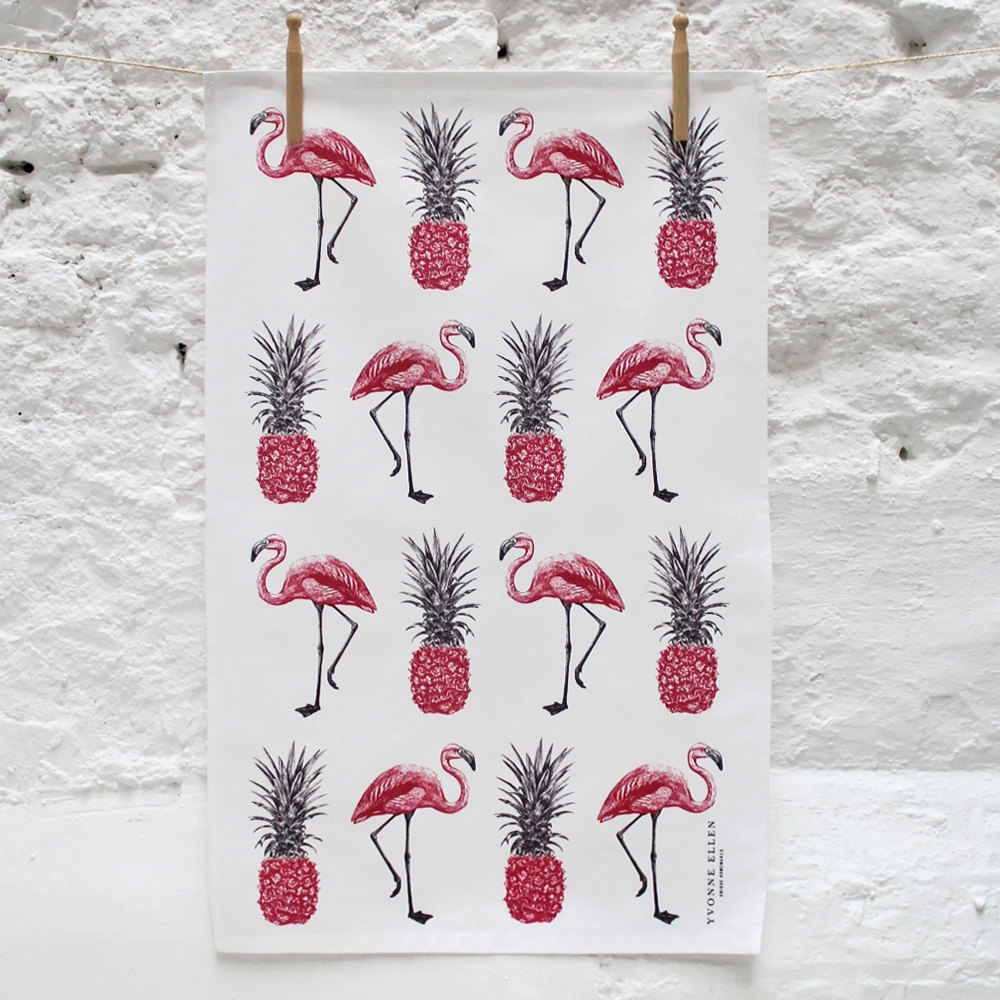
So if you’ve sent someone a text message excited about your summer plans and you’ve included a flamingo, you haven’t outed yourself in any way! It can be hard to keep up with all the different meanings of emojis but, for now, at least, the flamingo remains quite innocent.

It is an innocent emoji that doesn’t tend to have a hidden double entendre meaning, despite the use of a flamingo as a swinging sign in some communities. The flamingo emoji doesn’t have a specific meaning but is normally tied to summer fun or holidays. So, if you do decide to wear something with flamingos on it, or have plastic flamingos on your lawn, you might get a couple of vague questions from someone trying to find out more. Otherwise, you would just wear a wristband that says: “into swinging”. Even if you share a cruise with a secret swinger, they probably won’t acknowledge you – they will be more likely looking out for an upside-down pineapple.īut then the counter-argument is that these are supposed to be subtle signs. Based on my research, it seems like a lot of people have no idea that this is a sign of swinging. I think that you should be fine wearing any flamingo-themed clothing.

So there’s a little bit of confusion in the community. It’s not something used in online conversations, or on cruises. The problem is that it’s more of a sign that’s used outside people’s homes or, more commonly, in an RV park. Many people like flamingos (and even pineapples) just because they are a fun decoration, and won’t be aware of the connotations. Some people believe that flamingos are a sign of someone that is into swinging, but it’s not one of the most common signifiers. It’s widely debated online as to how well know the pink flamingo symbol really is. You don’t want to give people the wrong idea!īut at the same time, if you’re someone interested in the swinging lifestyle, you can’t assume that someone with pink flamingos on their door or outside their home is definitely into the same thing. The pink flamingo lawn ornament was celebrated as a marker of “anything rebellious, outrageous, or oxymoronic.” This reached its apotheosis in John Waters’s 1972 cult classic Pink Flamingos, in which the (anti-)heroine, who lives in a trailer surrounded by pink flamingos, competes for the title of “filthiest person alive.” The pink flamingo had arrived, becoming the “ubiquitous signpost for crossing various, overlapping boundaries of class, taste, propriety, art, sexuality and nature.So my advice is, if you’re someone who was thinking of decorating your home (or your cruise door) with flamingos because you just think they’re fun and attractive, maybe consider something else. Then, in the 1960s, there was a revolt against middle class taste, often by the very children of the middle class. No matter that actual flamingos had been hunted to extinction before the 20th century in Florida: as icons, they proclaimed “Florida’s cachet of leisure and extravagance.” The first consumers of the pink flamingo lived in working-class subdivisions, while “middle-class suburbanites gave it a wide berth.” There were diverse sources of appeal: the hot pink, a new and exciting color the plastic, the miracle material the exotica of Florida. (His first product, the polyethylene “Charlie the Duck,” actually outsold his flamingo for decades.) The pink flamingo was born the next year. Union Products tapped into the post-WWII spread of suburbanization and the wondrous age of petroleum byproducts to make “plastics for the lawn.” In 1956, they hired Featherstone, fresh out of art school. In the 1930s, concrete animals, especially DIY ones, were the rage. Grottos or swan might be out of the question, but cast aluminum animals, popular in the 1920s, were within reach. But the appeal of wealthy and middle-class models of nature around the home spread throughout society. Not everyone could afford a landscape architect, or a gardener, or even a lawn, for that matter. One scholar argues this “symbol of artifice is actually nature incarnate.”


 0 kommentar(er)
0 kommentar(er)
